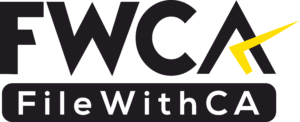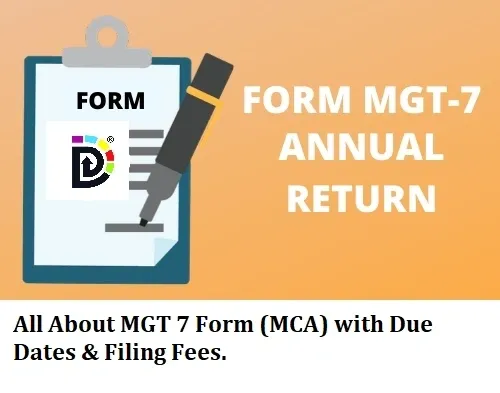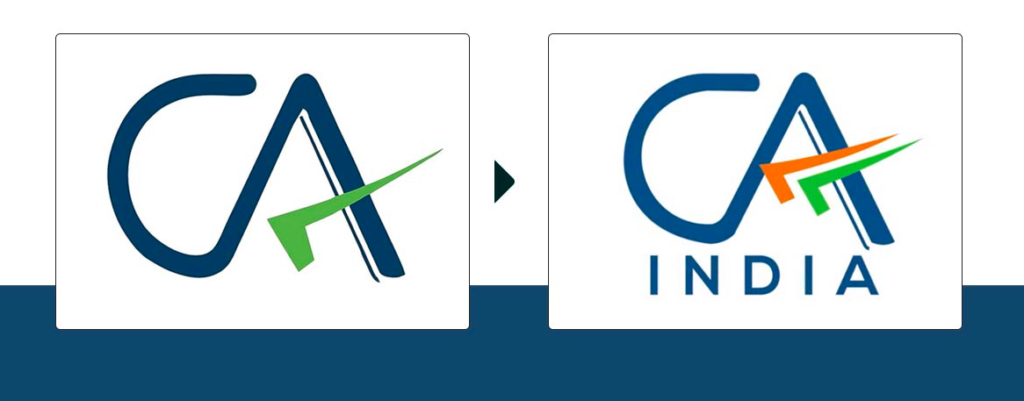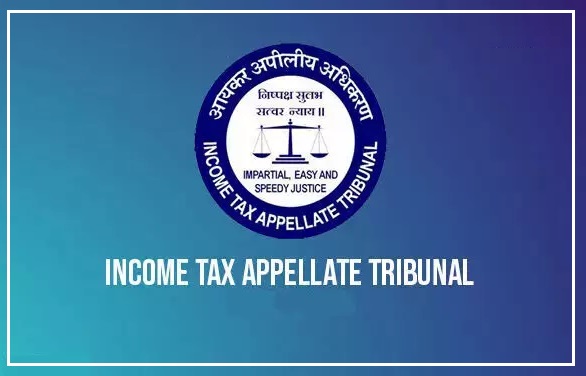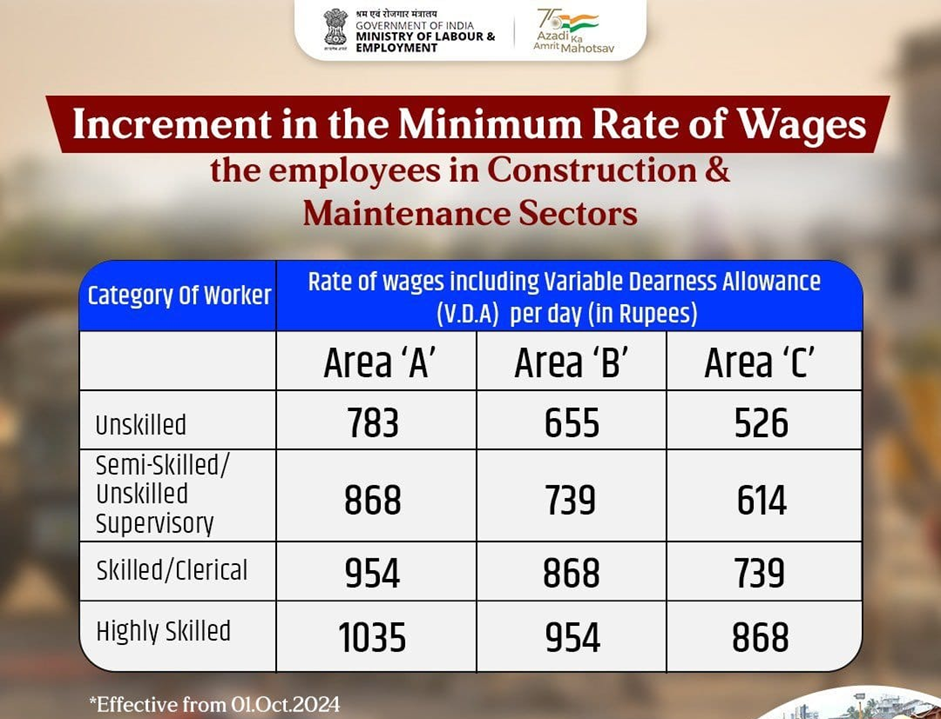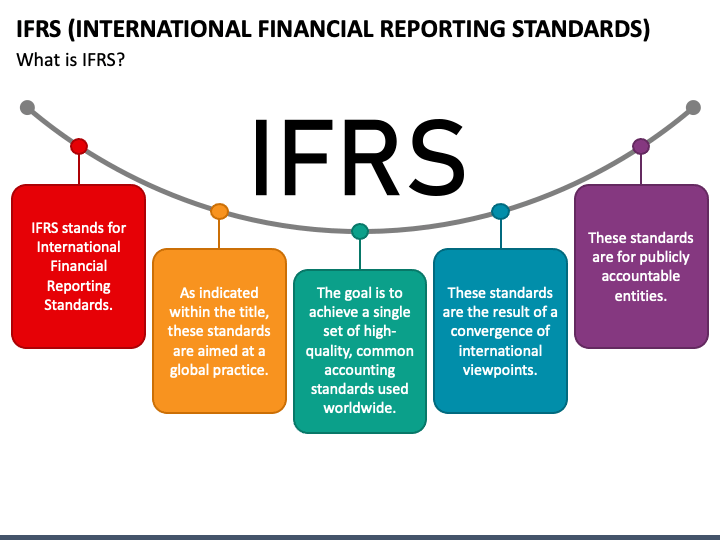How to Get a Balance Sheet of a Company: A Comprehensive Guide [2024]
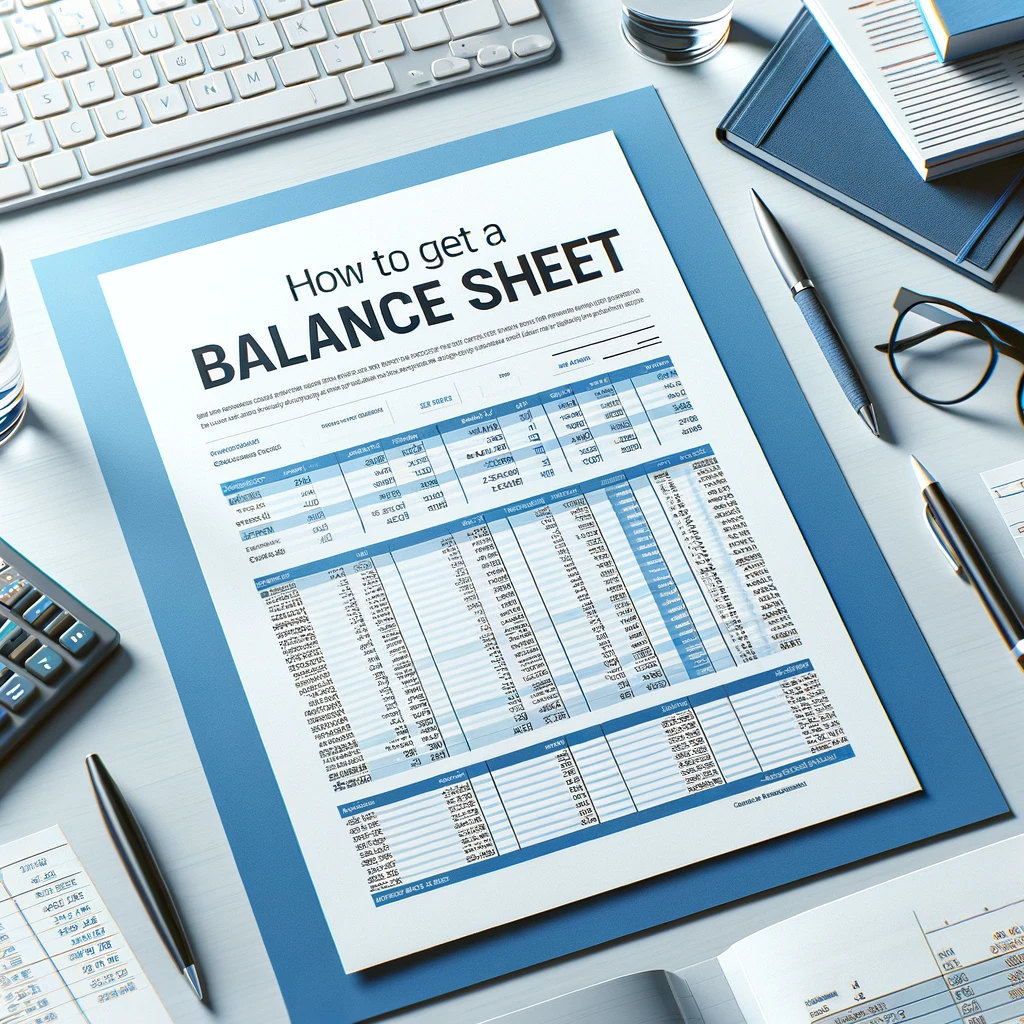
Understanding a company’s financial health is crucial for investors, analysts, and stakeholders. One of the key documents that provide insight into the financial status of a business is the balance sheet. This article will guide you through the process of obtaining a balance sheet, using practical examples and even providing a sample table to illustrate typical balance sheet entries.
What is a Balance Sheet?
Contents
A balance sheet is a financial statement that summarizes a company’s assets, liabilities, and shareholders’ equity at a specific point in time. It provides a snapshot of what the company owns and owes, as well as the amount invested by shareholders. The balance sheet follows the formula:
Assets=Liabilities+Shareholders’ Equity
Steps to Obtain a Balance Sheet
Here’s how you can get hold of a company’s balance sheet:
- Company Website: The first and often easiest method is to check the official website of the company under sections like “Investor Relations” or “Financials.” Most public companies are required to publish their financial statements, including balance sheets, on their websites.
- Securities and Exchange Commission (SEC): For U.S. public companies, the SEC’s EDGAR database is a valuable resource. Companies file reports such as 10-K (annual report) and 10-Q (quarterly report) that contain financial statements. You can search for these documents using the company’s name or ticker symbol.
- Financial Information Services: Websites like Yahoo Finance, Google Finance, and Bloomberg provide financial statements for public companies across the globe. These platforms are user-friendly and often free to use.
- Contact the Company Directly: If the information is not readily available online, another option is to contact the company’s investor relations department directly via phone or email to request financial documents.
- Library Resources: Many libraries subscribe to business databases that include financial statements for thousands of public and private companies. This can be a useful resource if online searches prove fruitless.
Example of How to Find a Balance Sheet
Let’s take a fictional public company, “Tech Innovate,” listed on the NASDAQ. Here’s how you might find its balance sheet:
- Go to the SEC’s EDGAR system.
- Type “Tech Innovate” or its ticker symbol in the search bar.
- Look for the most recent 10-K or 10-Q filing.
- Open the document and scroll to the “Financial Statements” section. The balance sheet will be listed there, typically after the income statement.
Sample Balance Sheet Table
To illustrate what you might see in a balance sheet, here is a simplified version of what “Tech Innovate’s” balance sheet might look like:
| Assets | 2023 | 2022 |
|---|---|---|
| Cash and Cash Equivalents | $50,000 | $30,000 |
| Accounts Receivable | $70,000 | $65,000 |
| Inventory | $90,000 | $85,000 |
| Total Assets | $210,000 | $180,000 |
| Liabilities | 2023 | 2022 |
|---|---|---|
| Accounts Payable | $40,000 | $35,000 |
| Long-term Debt | $100,000 | $90,000 |
| Total Liabilities | $140,000 | $125,000 |
| Shareholders’ Equity | 2023 | 2022 |
|---|---|---|
| Common Stock | $30,000 | $30,000 |
| Retained Earnings | $40,000 | $25,000 |
| Total Equity | $70,000 | $55,000 |
Conclusion
Obtaining a company’s balance sheet can be straightforward if you know
